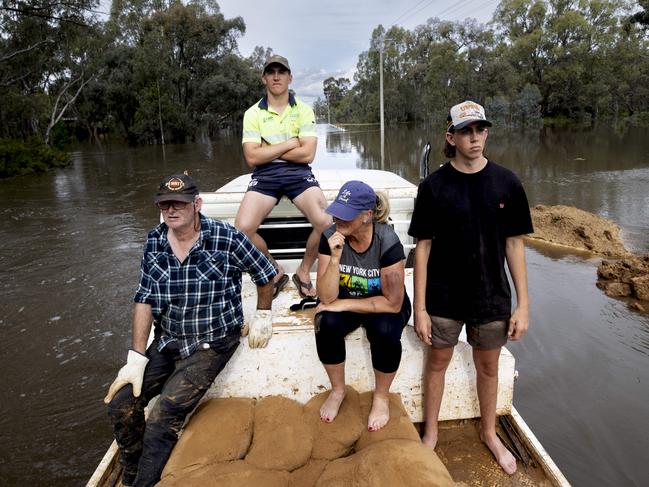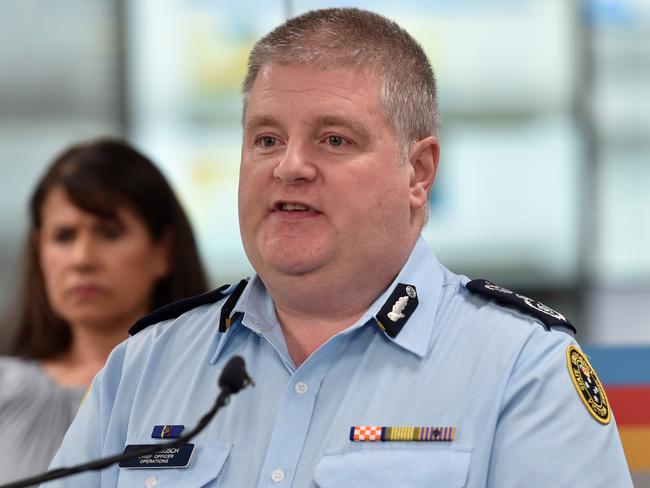Parliamentary inquiry into floods hears evidence about why air raid sirens won’t be used for emergencies in Victoria
The head of the SES says there could be unintended consequences of using a siren warning to alert people to evacuate during disaster events like floods and bushfires.
Victoria
Don't miss out on the headlines from Victoria. Followed categories will be added to My News.
Victorians emergency agencies have urged caution over using sirens to alert people to evacuate during disaster events like bushfires and floods, as it could put some community members at risk.
Addressing the state’s parliamentary inquiry probing the October 2022 event, VICSES chief officer of operations Tim Wiebusch, played down the effectiveness of sirens warning using this approach could have unintended consequences.
“One of the things with sirens, is we need to do some more thinking about how for some communities, sirens have a totally different relationship.”
He indicated to the panel that sirens we’re currently being used overseas in war scenarios.

In Israel, air raid sirens are triggered in the event of a rocket and missile attack that warn people to shelter in place – which could be a deadly move in the case of a flood or bushfire event.
The inquiry also heard that sirens had been considered previously by emergency services, but the 3G networks required to operate the technology had proved unreliable.
The questions about the use of sirens cane after several other submissions to the panel detailed a state emergency alert system that was outdated and inadequate.
Representatives from the three major Melbourne councils affected by the October 2022 Maribyrnong River flood appeared before the state inquiry on Wednesday, revealing residents were sent information that flood risks had eased in the evening before the flood.

But alert levels were upgraded at 2am, and crews had to physically doorknocked homes to help residents flee.
Chris Stephenson, Deputy Commissioner, Emergency Management Victoria said different kinds of ways to inform the public are always considered.
One novel approach during the 2022 saw a plane towing an evacuation message travelling up and down the river system in an area where phone networks were down.
“There’s always opportunities to look at new technologies and I know the agencies are doing that,” Mr Stephenson said.
A national text message alert system is currently being tested, which Mr Stephenson said would play a role in keeping the community informed in the future during both floods and bushfires.
Flood forecasting is also being overhauled for the flood disasters that will inevitably occur in future La Niña conditions,
according to Mr Stephenson.
Following a separate inquiry Melbourne Water has committed to work with the Bureau of Meteorology to develop rainfall forecasts more frequently than six hours to better inform flood modelling and information alerts to the public.




